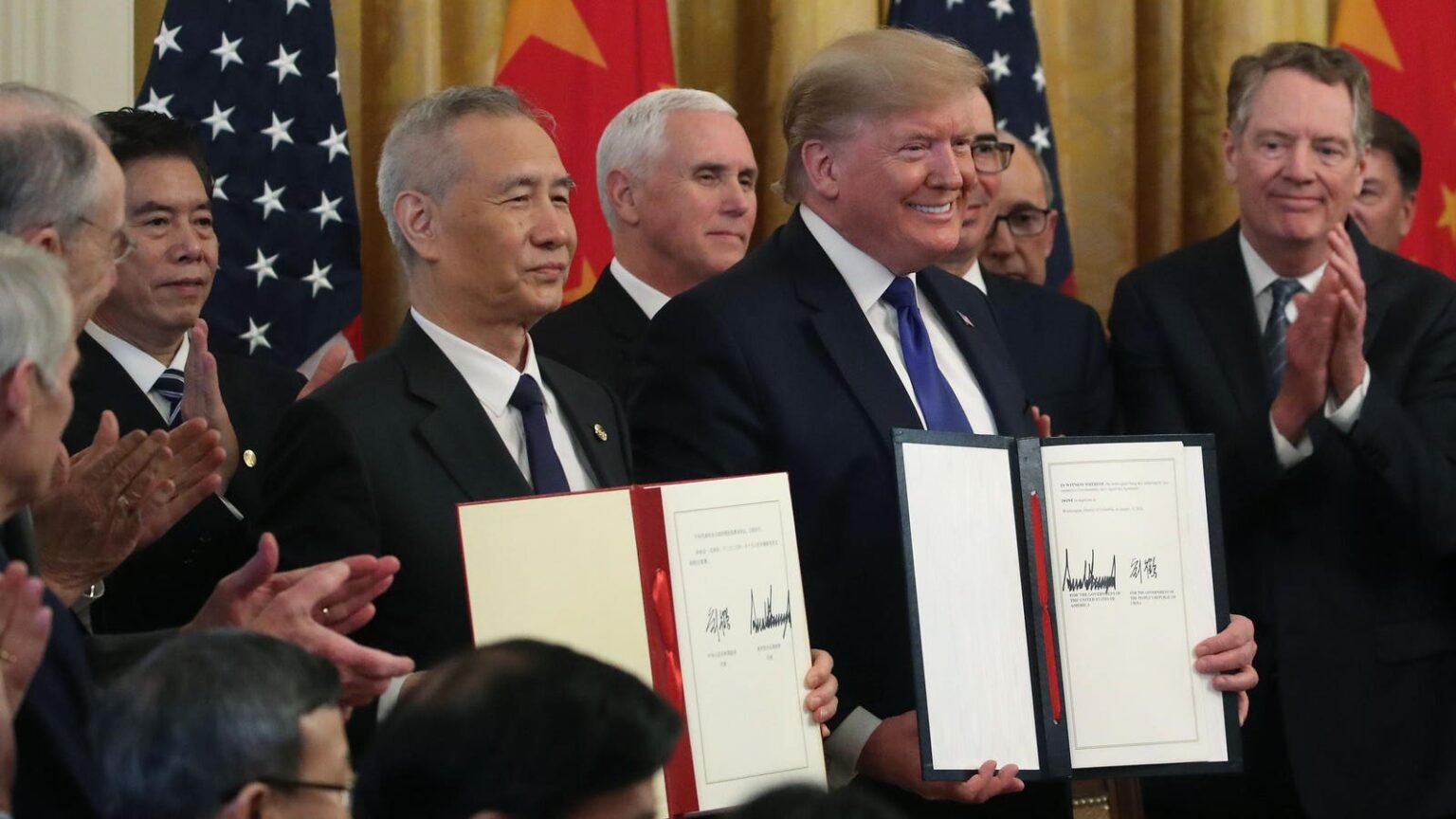Trump’s tariffs are coming, that’s for sure. On the campaign trail, he made imposing tariffs on foreign manufacturers a cornerstone of his economic plan and proposed a 10% tariff on most U.S. imports, a 60% tariff on Chinese-made goods, and potentially higher tariffs in select cases.
Tariffs on imports can boost domestic businesses by making foreign-made products more expensive. This helps American manufacturers become more competitive since many countries, such as China, Vietnam, and Mexico, pay workers low wages. As tariffs make foreign products more expensive than before, American consumers may choose domestically manufactured goods instead.
Related: How Small Businesses Might Fare From A Trump Presidency
Additionally, tariffs are source of revenue for the government, which, in theory, should ease the burden on American taxpayers.
How will it work?
The U.S. is likely to impose a 10-20% tariff on most countries. Some of them will try to negotiate a deal. President Trump is also likely to renegotiate the NAFTA treaty more aggressively this time than last time. One of his motivations is the fact that Chinese companies have moved some of their manufacturing – notably automobile manufacturing — to Mexico over the last four years – a move made in response to tariffs imposed during the first Trump administration. By doing so, the Chinese companies have used Mexico as a base to export into the U.S. at zero tariff. This time around, he Trump has promised he will plug that loophole.
What types of small businesses will the tariffs help?
American companies that make things domestically are going to benefit the most. Companies such as Milwaukee-based Eder Manufacturing Co., which got into the flag-making business in 1903, will be better able to compete against Chinese-made U.S. flags. During the Great Depression, Eder’s sewers began to handcraft U.S. flags and, as time went on, the business expanded its product line to include flagpoles. Today, the company produces more than 5 million American flags annually and is the nation’s largest manufacturer of both flags and flagpoles.
If Trump begins slapping tariffs on foreign-owned companies, some of them may move their manufacturing over the border and into the U.S. from Mexico, China, and other countries. We have already seen this happen as the prospect of higher tariffs under President-elect Trump spurred footwear, accessories and apparel giant Steven Madden to move some of its production facilities from China back to the U.S.
The New York Times quoted Edward Rosenfeld, CEO of Steven Madden, as saying: “We have been planning for a potential scenario in which we would have to move goods out of China more quickly… we are putting that plan in motion.”
When larger firms return to the U.S. market, it has a trickle-down effect as small businesses that service the larger firms, including parts producers, IT and other service organizations, restaurants, and other businesses will also get a boost.
What types of businesses will be hurt by tariffs?
Import businesses are the most likely to be hurt because the costs of the products that they bring into the country will go up. For example, a business importing from China right now would be the most impacted because the tariff figures to be the highest from goods originating from China. Importers will look to see if they can import from elsewhere, including Vietnam.
The tariffs will not only raise the prices on cheap, mass-produced goods from China, but they will also make products made in Europe – including wine, cheese, and automobiles – more expensive.
Additionally, domestic manufacturers that use foreign-made parts or materials in their manufacturing processes will see their cost of goods sold climb higher.
Will tariffs work?
When Trump imposed tariffs during his first term, the Chinese government devalued the currency and started providing subsidies to their companies. Thus, the Chinese government absorbed almost 75-80% of the cost of the tariff, thereby mitigating its impact on domestic manufacturers. Because one of Trump’s aims was to impact China’s economy, the tariffs were still a success if the Chinese government had to spend more money to support production or if companies moved their manufacturing to Mexico or the U.S.
Further, as the recent Steven Madden example shows, tariffs do not necessarily need to be implemented to be effective. Trump will also use the threat of tariffs to try to compel desired economic outcomes to benefit U.S. manufacturers and the U.S. economy.
How could tariffs hurt?
Although they’re intended to protect domestic industries, imposing tariffs could also produce negative results.
1. Lower Earnings for Domestic Retailers: Higher prices for imported parts and materials will increase the production costs of U.S.-made goods, thereby resulting in thinner profit margins and. hurting price competitiveness of domestic producers. Further, businesses that cannot easily pass the increased costs to customers will experience a financial strain.
2. Retaliatory Tariffs
If/when the U.S. imposes tariffs, other countries may respond by putting tariffs on U.S. exports. The result is that U.S.-made goods will become more expensive in foreign markets, potentially hurting sales abroad.
3. Inflation
If tariffs make goods more expensive, small businesses may be forced to raise their prices. Price-sensitive customers may look for cheaper alternatives or cut back on their expenditures overall. President-elect Trump must balance the potential of kickstarting inflation and putting a strain on small businesses against the benefits of raising prices on foreign-made goods and generating tax revenue from sources other than individual taxpayers.
How should businesses prepare for this increase in tariffs?
Small business owners will have to do their homework when it comes to sourcing products and look around for better deals. Although they can stock up now for the all-important holiday season, small businesses cannot buy four years’ worth of inventory. Eventually, they will have to look for the best prices on products made in other countries or find domestic producers. They now have to take into account tariffs and pricing and figure out which countries can provide them with the best options.
The global impact is that a lot of Chinese companies are going to shift manufacturing out of China, and that’s what Trump wants. He’s forcing Chinese companies to move to Vietnam, Southeast Asia, India, Mexico and other places so he can weaken the Chinese economy. Apple is an example of an American company that has shifted some of its manufacturing to avoid the tariffs on goods made in China. About 20% of Apple’s phones are now made in India, including the iPhone 16 series, the first to be manufactured entirely in India.
Will increasing tariffs ultimately be beneficial to small businesses?
By increasing the cost of imports, tariffs can incentivize businesses to produce goods within the U.S. However, this could affect the entire economy by pushing consumer prices higher and stoking retaliatory levies on American exports.
Donald Trump spent the past two years campaigning on inflation and the economy. The last thing he wants to do is reignite inflation and push interest rates up again. Imposing tariffs that are too high and impacting the supply chain does have the potential to hurt the economy that he was elected to fix.
Read the full article here











